This chapter looks at temporarily dry land. Chapter two – coming up in November – looks at softer things that cannot survive quite as far away from the low tide line.
Southeast Alaska’s Glacier Bay has huge tides…and a very productive intertidal zone.
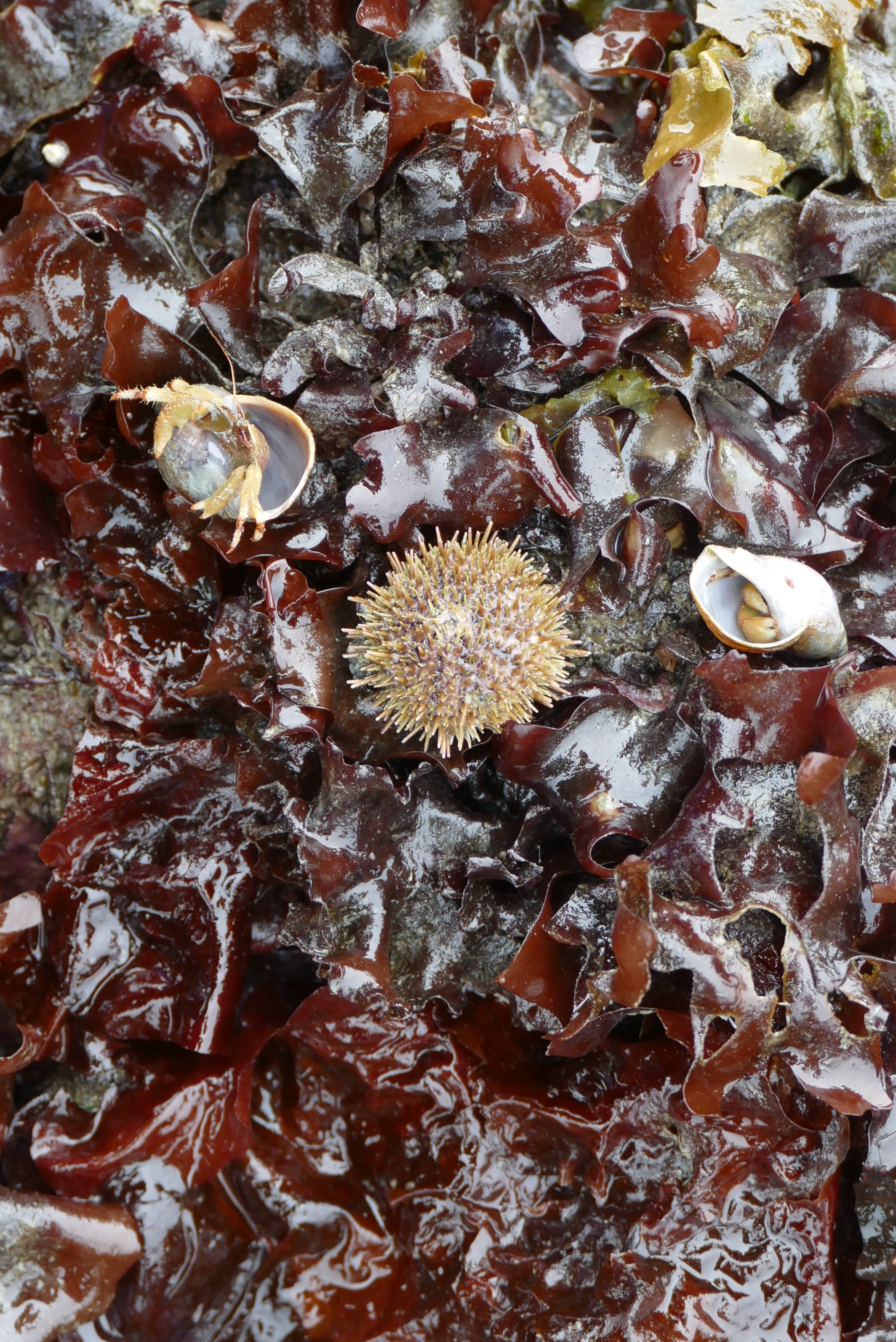
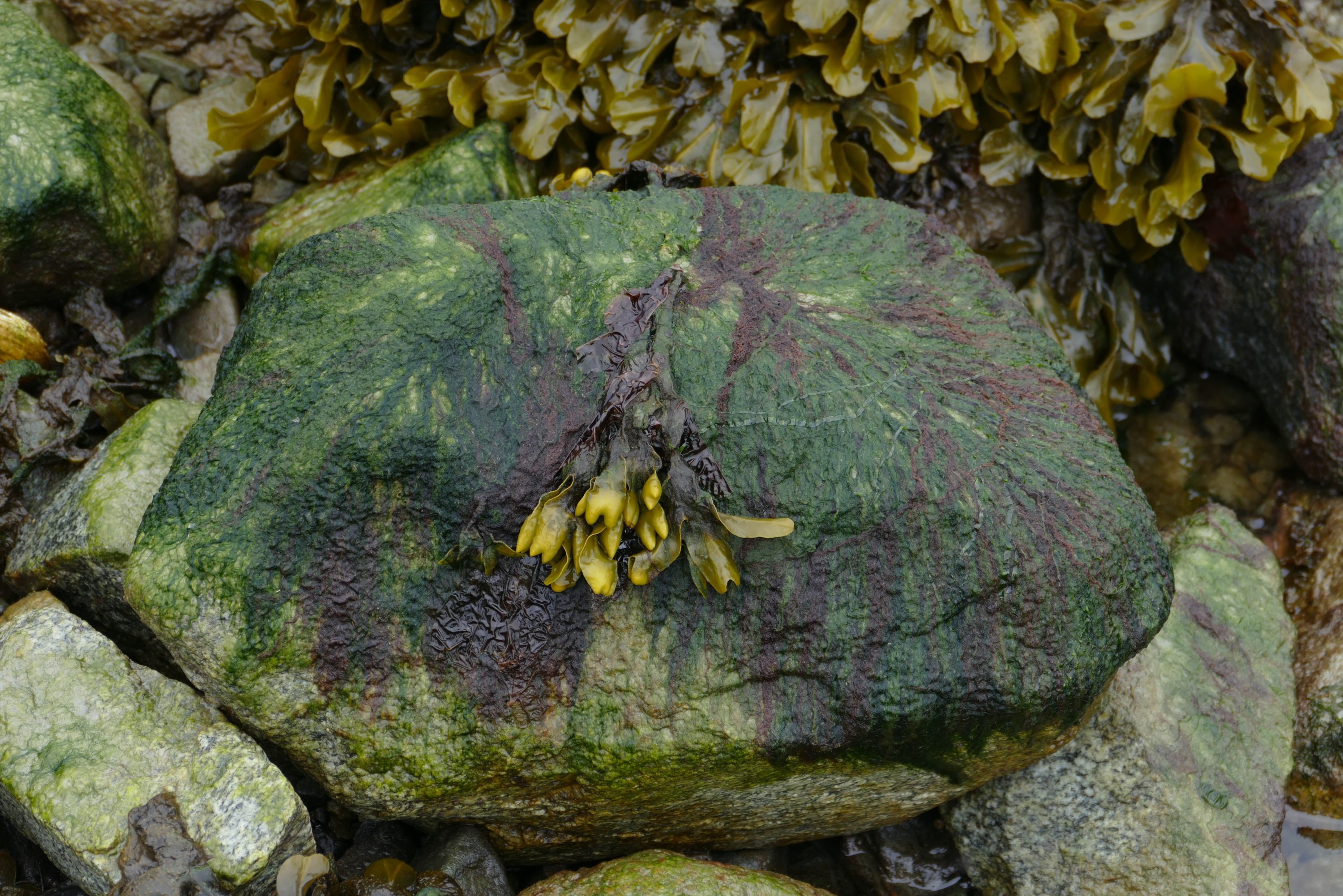
At low tide “dry land” extends way out into places where – a few hours earlier – sea kayakers paddled, well offshore, in deepish water.
All photos in this post are copyright Doug Spencer, taken on June 4, 2015.
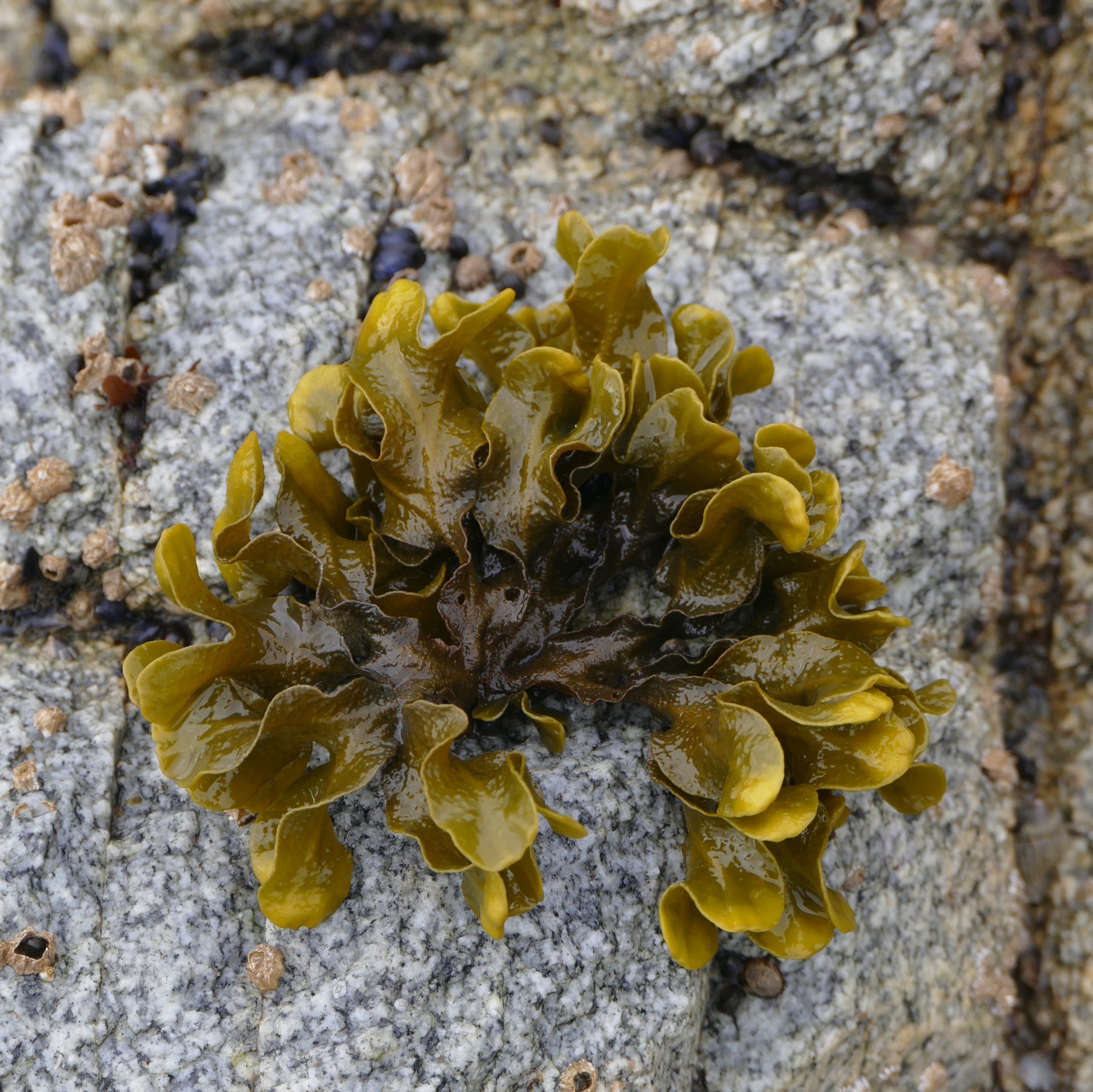
To discover more about the intertidal life, click this.
Umpteen billion bloodseeking tiny insects were also an unforgettable feature of our walk at low tide; the good news – for most people at least – is that the little critters’ bites prove only-briefly painful, and most afflicted human faces soon cease to resemble swollen beets.
Alaskan waters are home to famous, delicious, huge crabs…and to much smaller, less-famous crustaceans.
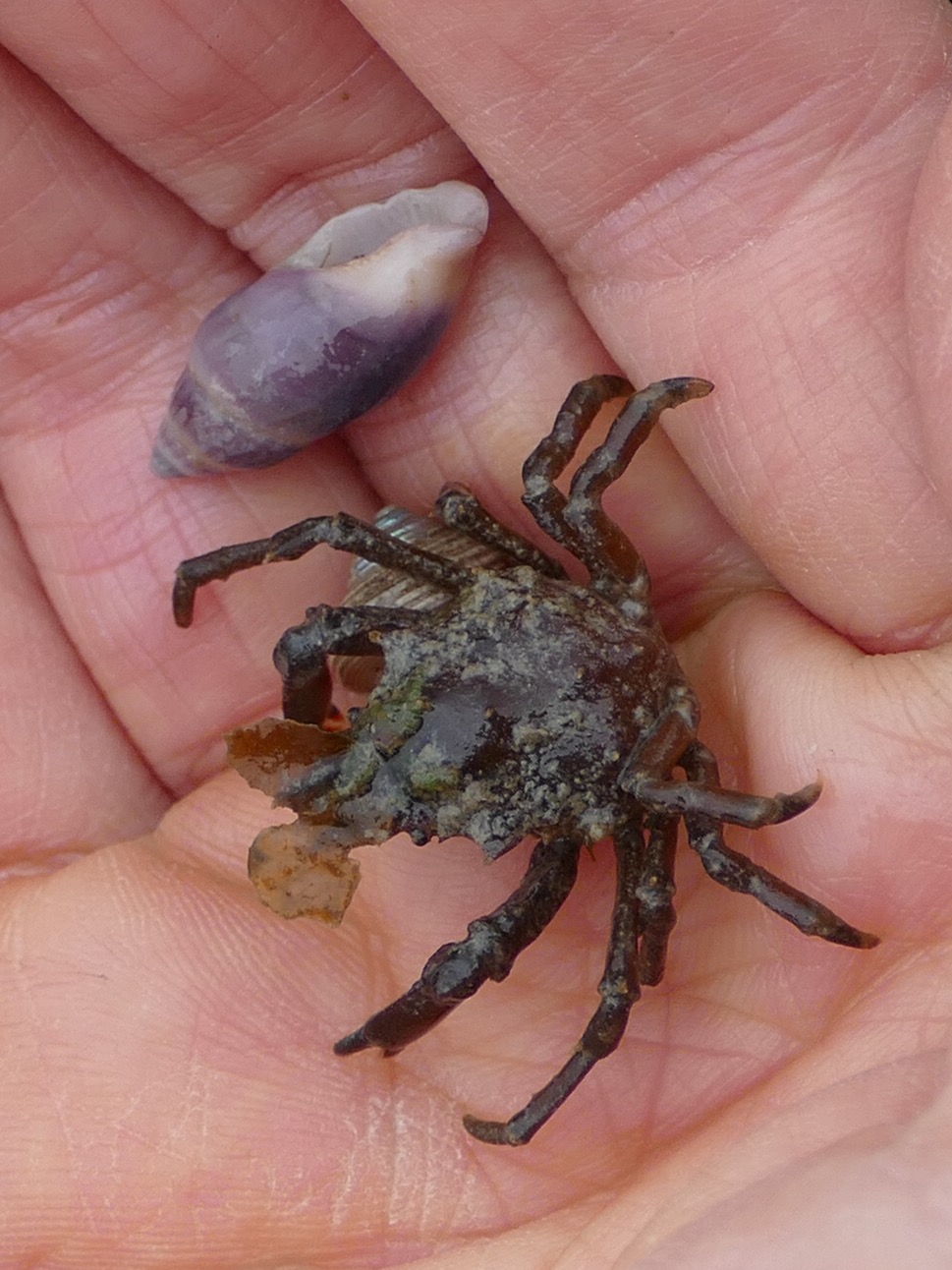
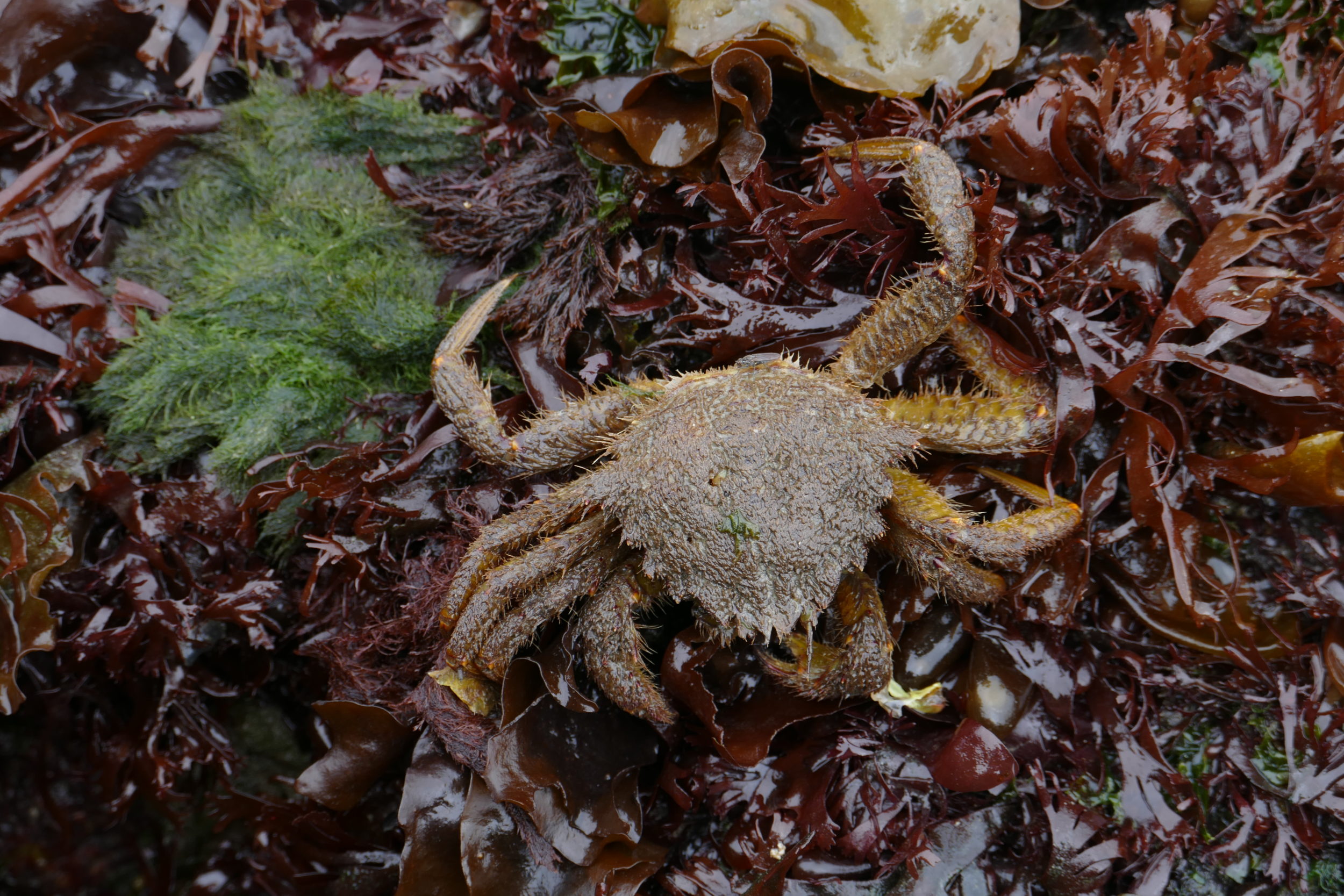
There is a nigh-unbelievable array of so-called starfish. None are fish, all are echinoderms.
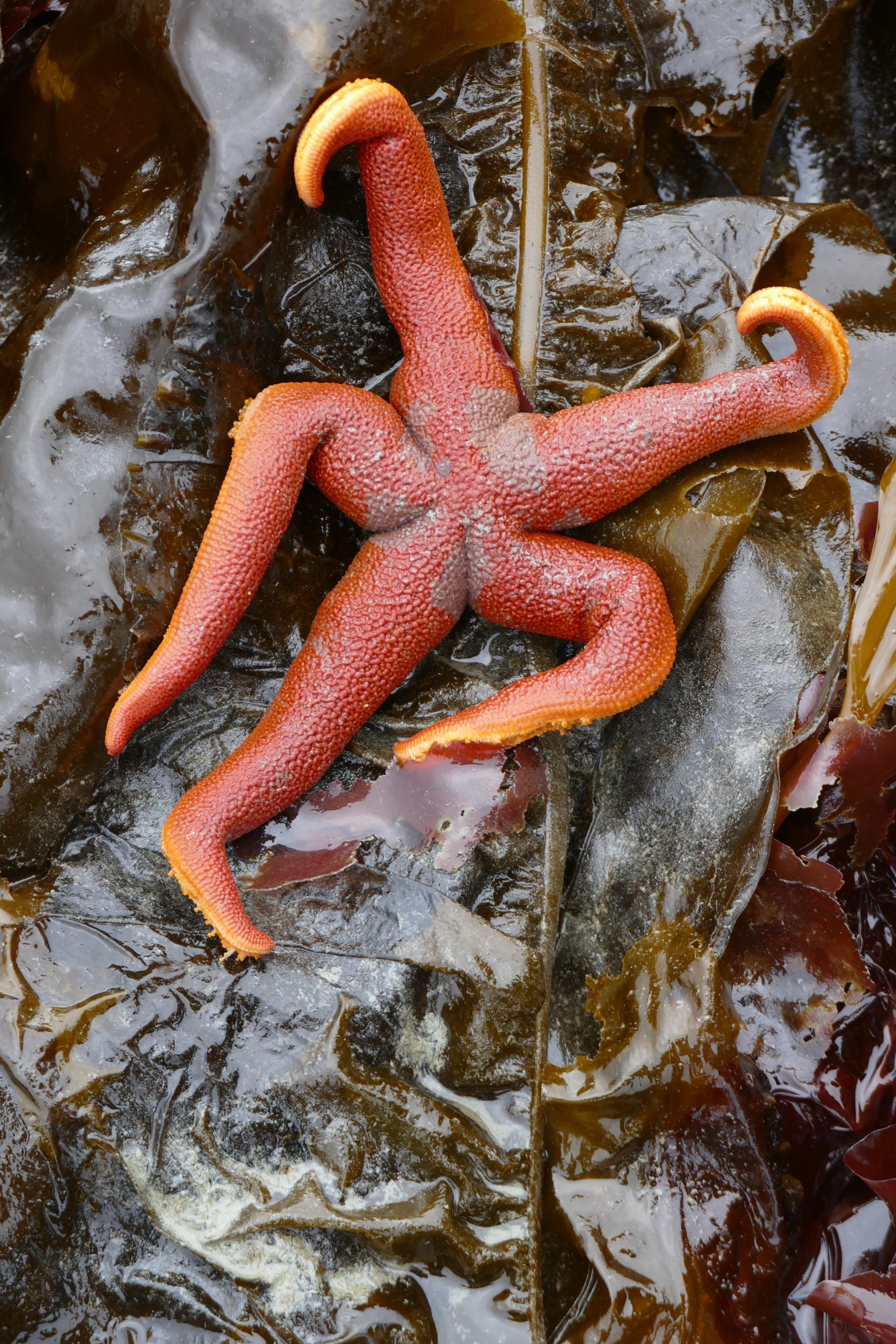
As it happens, my beloved and I are about to head to the Asian side of the Northern Pacific.
If time and internet connections prove sufficiently available, Pelican Yoga will publish something/s over the next month…if they prove otherwise, the metaphorical press will roll again in mid June.
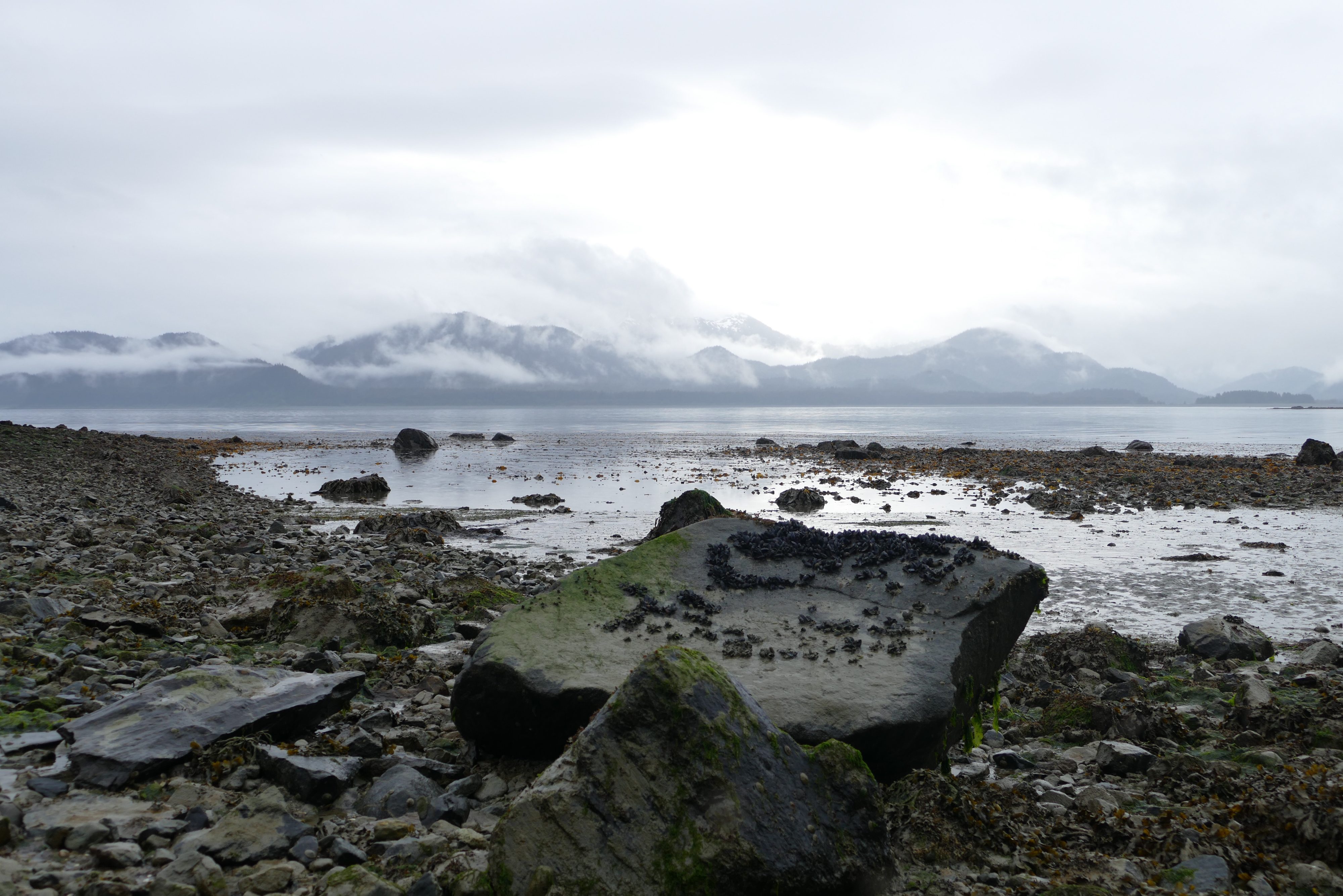
Subscribe